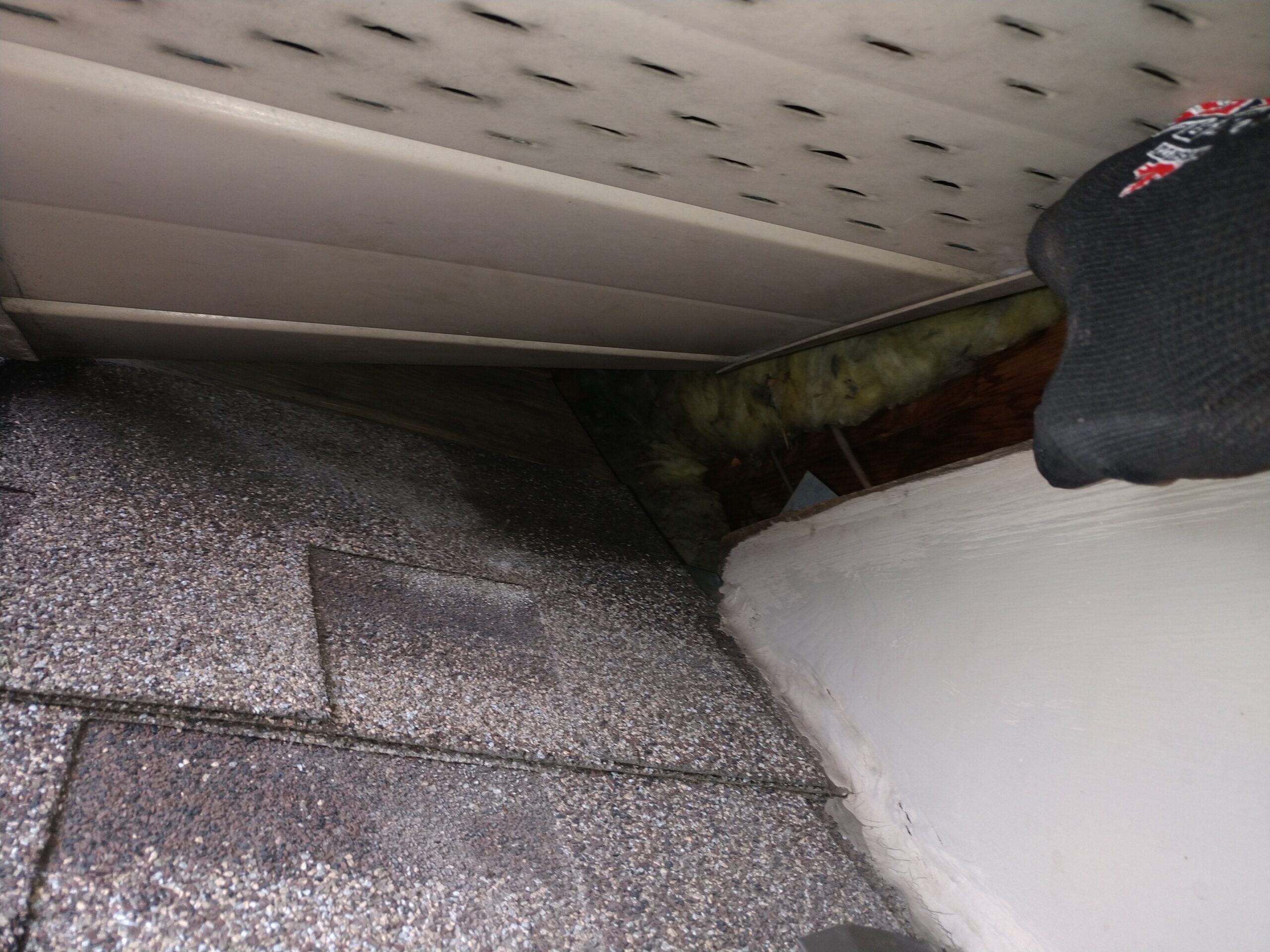Smell
The most prominent sign that you have a dead animal in your home, probably the first one you detect, is a strong, unpleasant odour. This is a natural part of the decomposition process. It occurs whenever an animal dies, but when wildlife succumbs outside, the air currents diffuse the smell so it is not as noticeable. However, in the small spaces inside your home, the smell has nowhere to go and gets trapped. It may permeate the entire home, but you may find that it gets stronger the closer you get to the source. Because the dead animal may be trapped in a wall void or under the floorboards, this can help give you a general idea of where to start looking for it. The size of the animal is not an indication of how bad the smell is. Small animals, such as mice and squirrels, can give off a huge stench. It is difficult to describe the smell of a dead animal as it decomposes, but once you perceive it, you'll probably recognize it immediately. You'll certainly never forget it.Ceiling and Wall Staining
Have you ever heard that the human body is mostly made of water? That's true of other mammals as well. As the tissues of a dead animal break down, they liquefy and mix with the water already present in the animal's body. The decaying tissue can no longer retain fluids, so they leach out of the body. Then they have to go somewhere, and if the carcass is trapped within the walls, the decaying matter may seep into the materials that make up your ceilings, floors, and walls. Drywall is a porous material that can absorb decaying matter, which may lead to visible stains on your walls or ceilings. It can also get into your ductwork, which may spread the foul smell all around the house.Increased Pest Activity
Some animals are attracted to the smell of decaying flesh. For scavengers like raccoons, it means a free meal. For flies and some other insects, it means nourishment for their larvae when they hatch from their eggs. Even if you don't observe any of the other signs, a sudden increase in insect activity in your home could indicate that there is a dead animal somewhere on the premises. The smell could also draw scavengers, who could get into your home the same way the original animal did and compound the problem.Signs of Entry
Look around your home for any openings large enough to provide shelter or access to a wild animal. Chances are that you won't see any coming in or going out. However, there may be other signs that they have been there, such as droppings or fresh damage around the opening, that indicate that they might be in your home now, alive or dead. Common entry sites around homes include the following:- Decks or porches
- Chimneys
- Vents
- Holes or Cracks
- Eaves and roof edges
- Outlets in walls (e.g., for pipes or utility lines)



